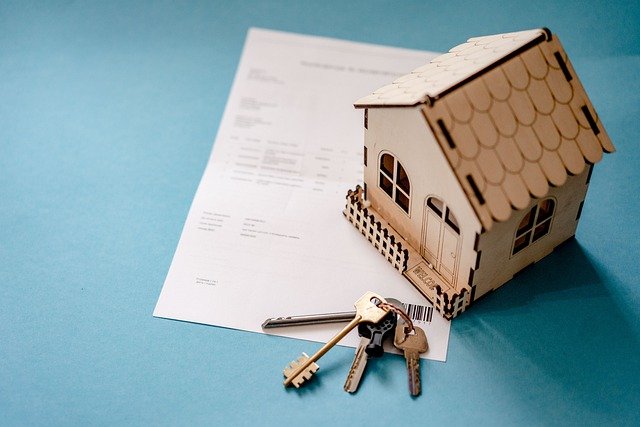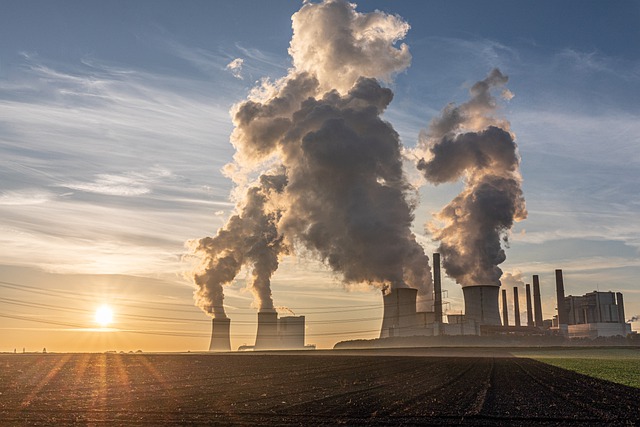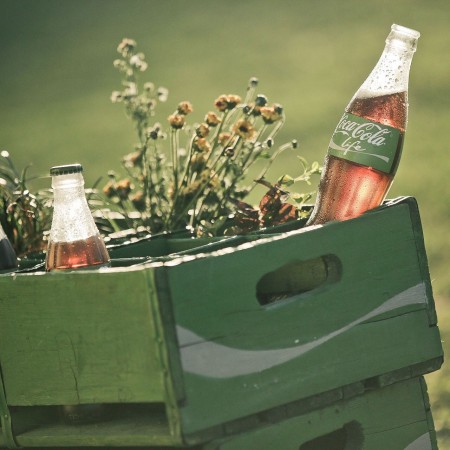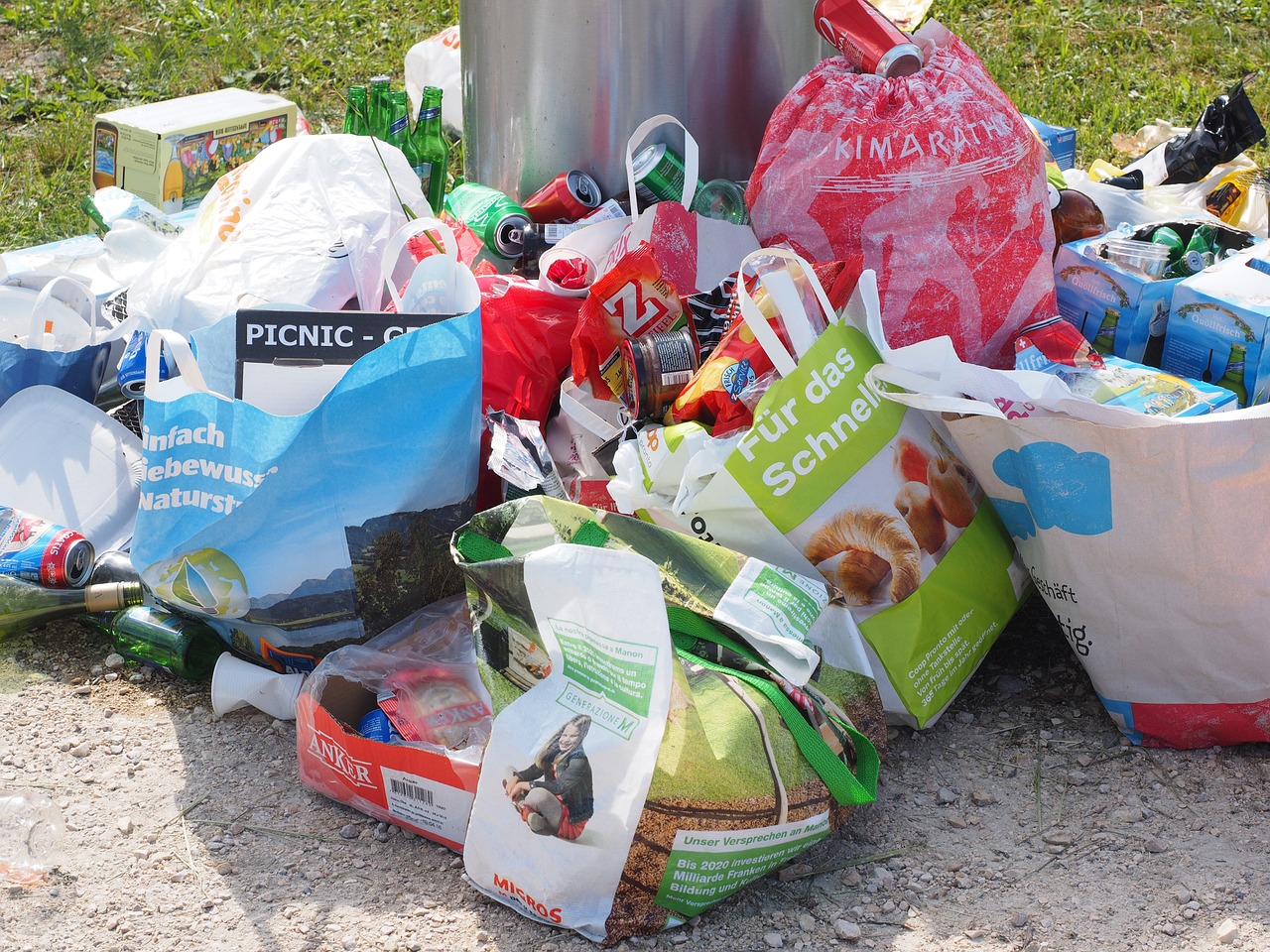

The real estate domain is highly competitive, and the only way to survive and thrive is by investing in marketable projects. The buildings you construct should excel in aesthetics and functionality as buyers do not settle for less. They also prefer projects in good locations and look for trending design elements. Besides the basics, sustainability is a winning factor that attracts modern homeowners and investors. Not surprisingly, green buildings are in demand and fetch high prices. Let us share some eco-conscious decisions that can help you set your real estate projects apart and make them sales-worthy.
Prioritize for space-efficiency in design
Space efficiency is the key to designing a successful real estate project, so it is one of the best decisions you can make. Larger spaces cost more for evident reasons, and such projects may not sell easily. Besides the price, sustainability is another factor that makes small spaces more desirable for buyers. Such buildings require less energy to heat, cool, and illuminate. It reduces the carbon footprint of the building and lowers long-term energy bills for the owner.
Opt for sustainable building materials
Making your construction site saleable using an eco-friendly approach is also about using sustainable building materials. Sourcing locally takes the initiative a notch higher. The best part is that you can save on project costs and make more profits in the long run. Crop-made products, straw bales, and concrete reinforced with timber and bamboo are some great choices from a sustainability perspective.
Choose your site mindfully
The location of your project site is one of the significant selling factors. But think beyond checking the real estate pricing and development in an area to assess its saleability. You must also verify its legitimacy, as the last thing you want is to start a project in a restricted location. Practices like Wetland Delineation and environmental due diligence enable you to pick legit sites and prevent penalties due to non-compliance to regulations. The decision also saves projects from delays and enhances the reputation of your business.
Invest in renewable energy source
Investing in renewable energy sources as a part of building design is another value-adding choice for developers. Installing solar panels is the best way to implement eco-consciousness in your project. Although it can elevate the cost of your project, you have better chances of selling faster and commanding a higher price. Buyers are more than willing to buy solar buildings as they make valuable assets in the long run.
Provide for waste management and recycling
Providing for waste management and recycling is another way to make your project more saleable. With more and more homeowners embracing sustainable living, homes with these features win on the demand and pricing fronts. Even simple ideas like factoring in space for extra trash containers can make a difference. Encouraging recycling initiatives is like doing your bit to limit the amount of waste ending up in landfills.
Every effort counts when it comes to taking your business one step ahead with sustainability. Start with these eco-conscious measures for your real estate projects to gain more clients and build your reputation.



